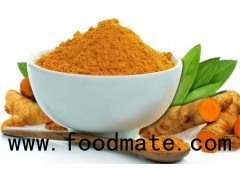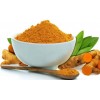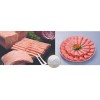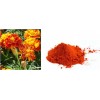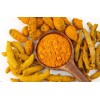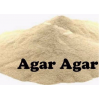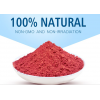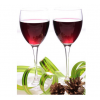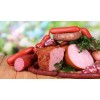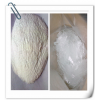Latin name: Curcuma longa
Plant Part Used: Root
Active ingredients: Curcuminoids
Molecular formula:C21H20O6
Molecular weight: 368.38
CAS Number: 458-37-7
Appearance: Fine Yellow / Orange Powder
Descriptions:
Turmeric has been used in India for thousands of years and is a major part of Ayurvedic medicineIt
was first used as a dye and then later for its possible medicinal properties.The most important
chemical components of turmeric are a group of compounds called curcuminoids, which include
curcumin (diferuloylmethane), demethoxycurcumin, and bisdemethoxycurcumin. The best studied
compound is curcumin, which constitutes 0.3-5.4% of raw turmeric.
Turmeric is a herbaceous plant, by modern medicine and traditional medicine both support; and efficacy with a complete, totally no side effects, and edible. Chinese people always use it to maintain health and healing. The main active ingredient in turmeric called curcumin, has long been used as anti-inflammatory drugs still in use. Modern scientific research confirms that turmeric is the best medicine-for the disease of modern civilization has a variety of special medical effects. Origin in southern Asia, India or Indonesia, etc.
Functions:
1. Improve immunity.
2. Helping to prevent dementia.
3. Anti-oxidant, anti-inflammatory, anti-fungal.
4. Preventing the body from the damages of free radicals.
5. Preventing swelling of the joint, arthritis, cardiovascular disease and cancer.
6. Anti-coagulant, lipid-lowering, anti-atheroselerotic, anti-aging and inhibiting growth of tumor.


